Vintage Tribal Kilim Runner 3' x 9' 5" (36" x 113")
Type:
Kilim RugsCollection:
Tribal RunnersID:
K0077560Size:
Material:
The designs feature a rich array of symbols representing tribal culture and Anatolian motifs, often in the form of medallions, diamonds, and other geometric shapes.
The designs feature a rich array of symbols representing tribal culture and Anatolian motifs, often in the form of medallions, diamonds, and other geometric shapes. These kilim runners are ideal for hallways and narrow spaces, offering a touch of ethnic charm and artisanal quality to any interior.
Herki kilims not only serve as functional floor coverings but also as artistic expressions of tribal identity, making each rug a unique cultural artifact.
Design Elements
- Pattern: The vintage tribal kilim runner features a rich tapestry of geometric patterns that repeat throughout the piece. The use of diamonds, rectangles, and angular shapes creates visual interest and draws the eye along the rug.
- Texture: The flat-woven technique used in kilim rugs provides a smooth surface, contrasting with the intricate patterns that evoke a sense of depth and vibrancy.
- Borders: The borders of the kilim runner frame the central designs, often featuring complementary shapes and colors that enhance the overall aesthetic while providing structure to the design.
- Dimensions: The elongated shape of the runner is specifically designed for hallways and narrow spaces, optimizing the textile's ability to define and enhance these areas in a home.
Colors
- Earthy Tones: The rug predominantly showcases earthy colors like browns and terracotta, which are reminiscent of natural landscapes, evoking warmth and a sense of grounding.
- Accent Colors: Blue and pink hues are used as accent colors, adding vibrancy and life to the overall design while contrasting with the earthy base tones.
Main Motifs and Symbolism
- Geometric Shapes: The recurring geometric shapes symbolize the harmony and balance found in nature, as well as the interconnectedness of various life elements.
- Stars and Diamonds: Often interpreted as symbols of guidance and aspiration. In many cultures, they represent hope and the path to a brighter future.
- Animal Forms: If present, stylized animal motifs represent strength, protection, and a connection to ancestral traditions.
- Traditional Patterns: Motifs derived from ancestral designs hold cultural significance, often serving to tell stories or commemorate events within the community.
Summary
The vintage tribal kilim runner is a masterful blend of design elements and colors that showcase a rich tapestry of geometric patterns, textures, and earthy hues. The deliberate use of accent colors enhances its visual appeal while conveying deep symbolic meanings—ranging from strength and guidance to cultural storytelling. Each motif not only serves an aesthetic purpose but also connects the piece to its cultural heritage, making it a significant work of art that transcends mere decoration.
- Ships in 1-4 business days
- Only one in stock, handmade, unique
- Free shipping via FedEx Express. Easy returns
- Contact us or add a note to your order if you want us to delay your shipping.
- Request more info if you want this rug shorter or narrower
Colors may appear slightly different across various monitors due to screen settings device differences, and external lighting conditions. If color accuracy is important for your space, we recommend viewing the rug on multiple devices or contacting us for a detailed color description. We can provide detailed photos and references using Sherwin-Williams, Benjamin Moore, Pantone, or even Crayola crayons.
You can also visualize most of our products in your own room with AR (augmented reality) on an iPhone or iPad.
Return Policy
Need a rug pad? We recommend RugPadUSA
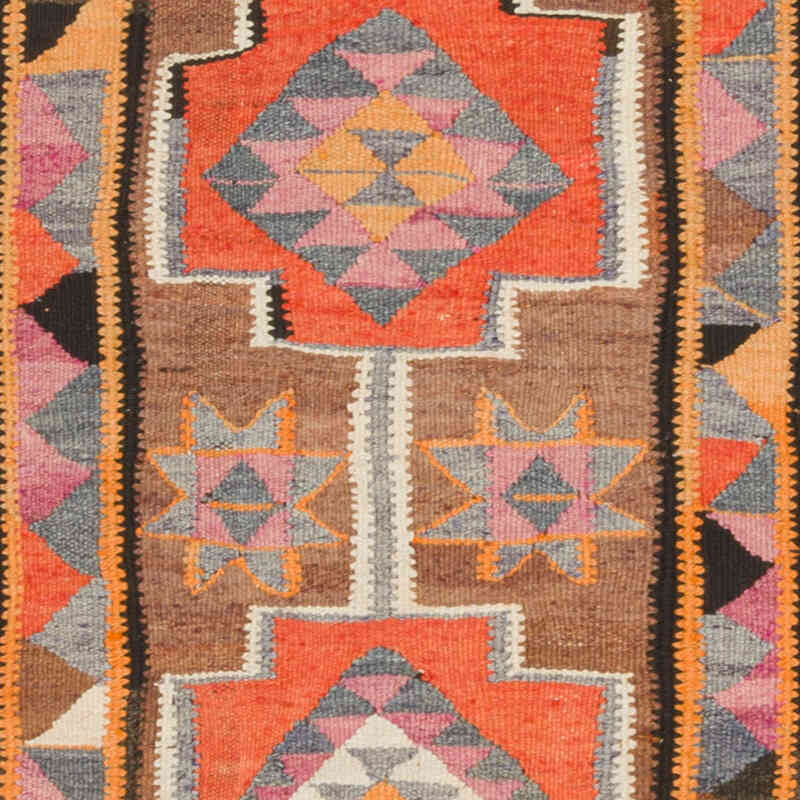

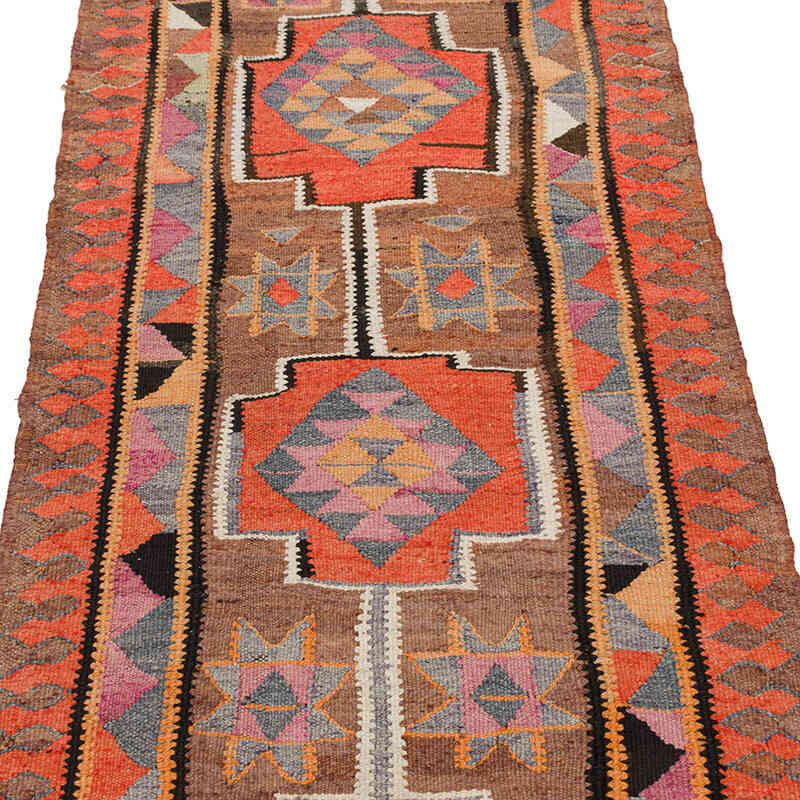
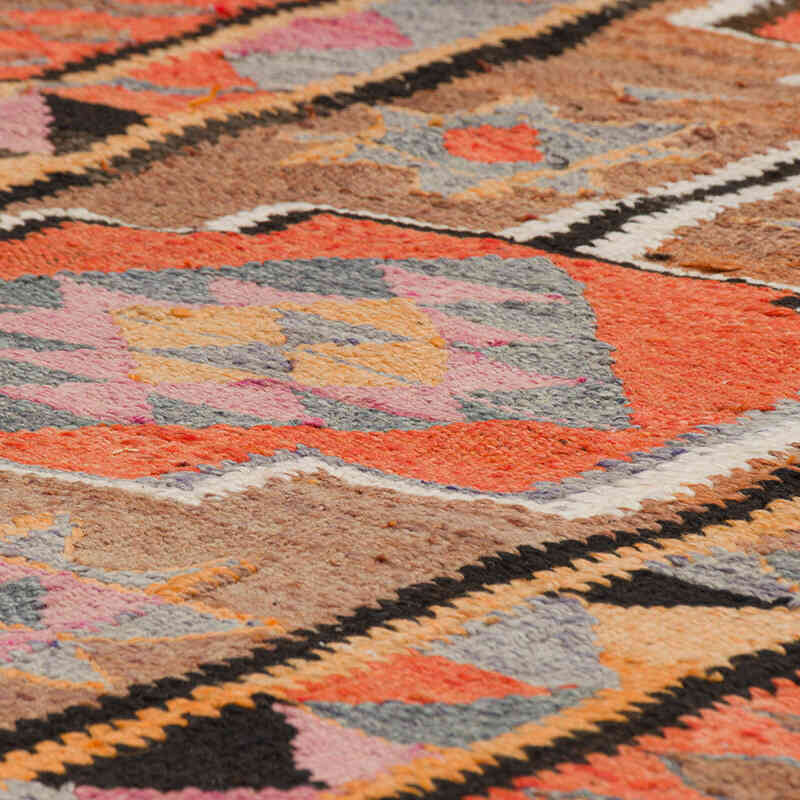
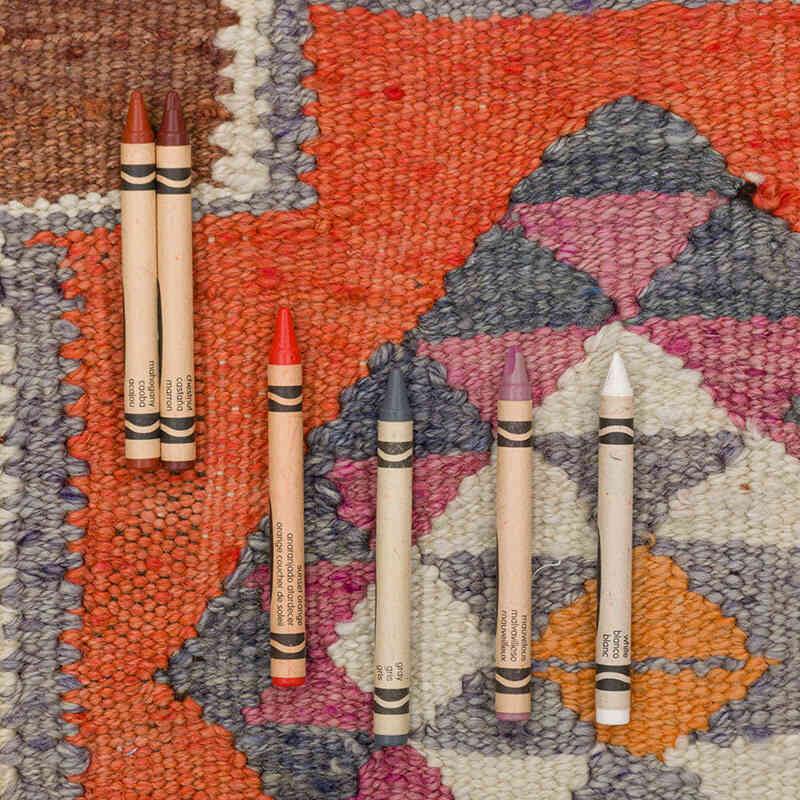
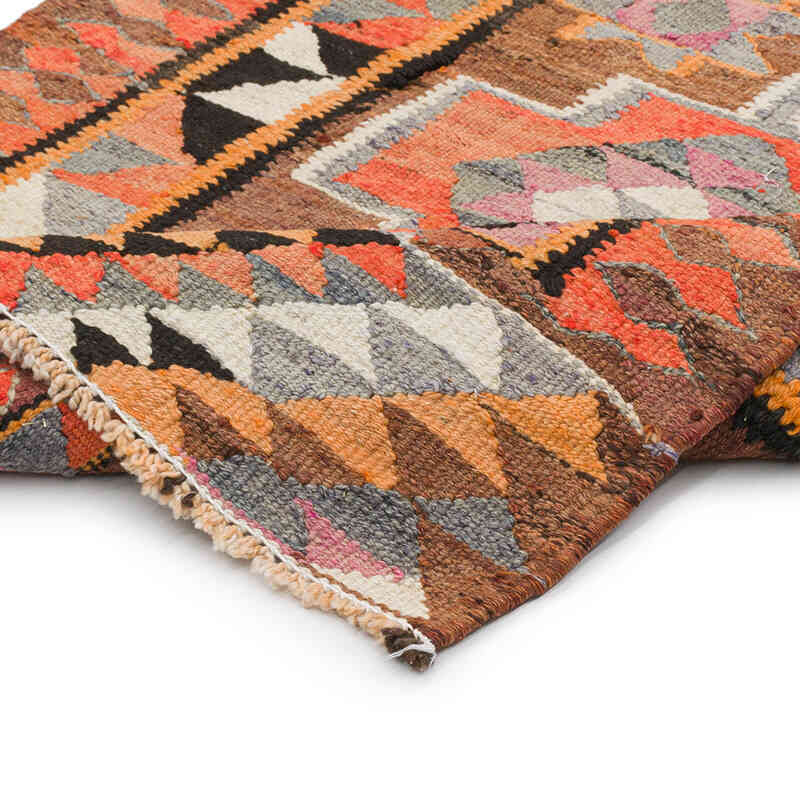
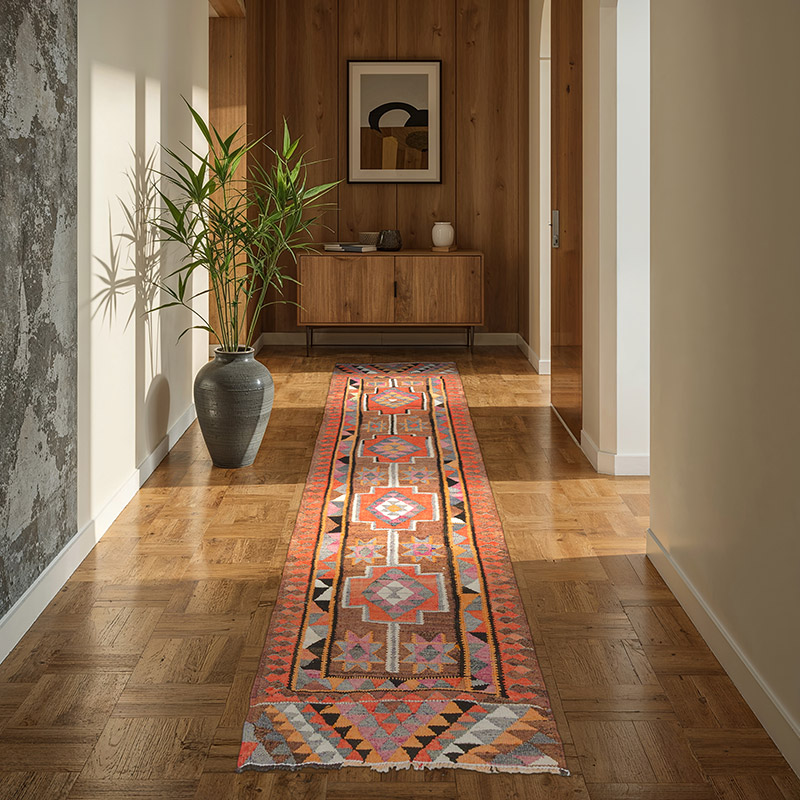







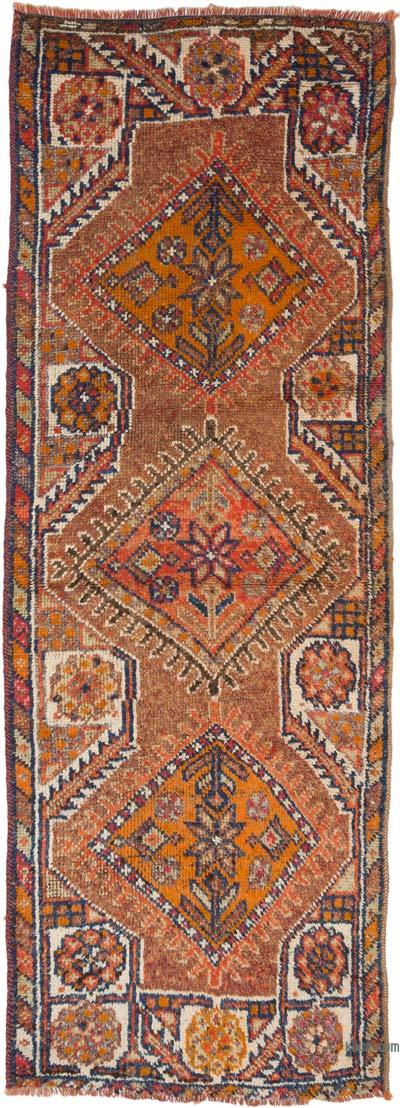
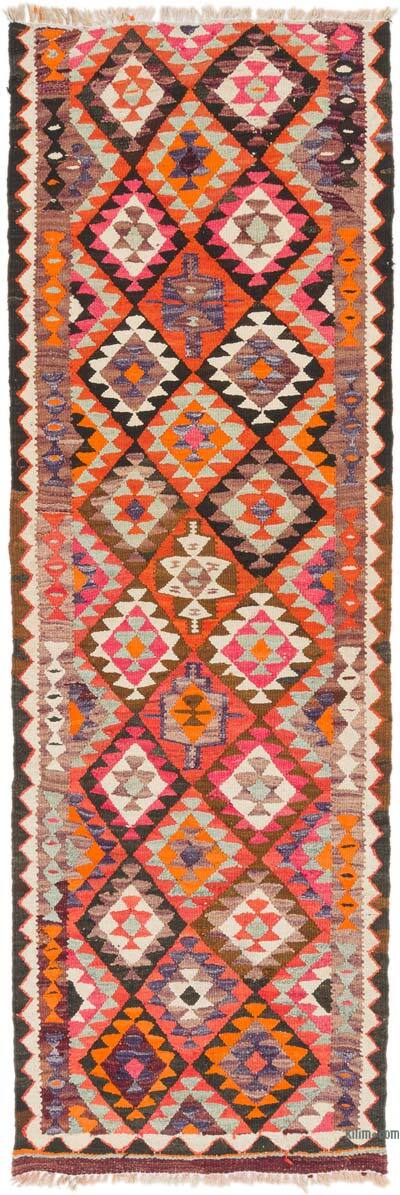







Photo is reality.